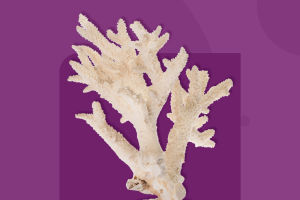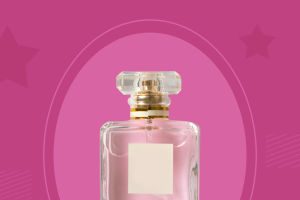Mould, Staphylococcus aureus, Staphylococcus pyogenes, Staphylococcus laxative. How many bacteria are hidden on a small piece of dishwashing sponge?
How should I clean and replace the sponge? How to choose the right sponge? Follow us to find out more.
Dishwashing sponge, the "culture medium" of pathogenic bacteria. Dish sponge we use every day, but many people ignore the problem, that is, people only care about using dish sponges to clean the dishes, but the cloth itself is clean but does not care. In fact, if the sponge is not washed, it will become the best "medium" for bacteria to multiply, the oil will promote the multiplication of mold, vegetable scraps, minced meat, etc., and easy to promote the multiplication of Staphylococcus aureus, Bacillus deformans, etc., a dishwashing sponge often has billions of bacteria, can make people infected with more than a dozen common diseases.
Therefore, it is very important to clean dishwashing sponges. Experts recommend that dishwashing sponges should generally be changed every three months. Especially in the summer months, the sponge should be replaced more frequently. Disinfect the sponge regularly and dry it in a ventilated, dry place after each use.
Dishwashing sponges are essential kitchen supplies, in general use, many people are focused on washing dishes and ignore the disinfection of dishwashing sponges, and in fact, dishwashing sponges are very easy to hide dirt, are the ideal place for bacteria to breed, so ensure food hygiene, dishwashing sponges should be disinfected regularly.
Are there different types of dishcloths? Let's take a look.
Abrasive dishcloths, made of abrasive fibers, are strong enough to remove grease and grime, but they are hard and rough, suitable for stoves that are not afraid to scratch, such as reinforced glass. When choosing, touch the surface of the dishcloth, the harder and coarser it is, the higher the emery content, and the stronger the scraping effect. However, for kitchenware such as cups, dishes, or non-stick pans that are scratch-resistant, it is important to use dishcloths that do not contain emery to avoid scratching the cookware.
General sponge dishcloths, the most common ones, are made in a two-part combination of yellow and green. Yellow is a soft sponge with a soft texture, strong absorbency, and easy foaming, suitable for cleaning non-scratchy cups and plates; however, the cleaning power of the soft yellow sponge is weak, so it is combined with the more powerful green part with emery, which is used to scrape away dirt.
Wood pulp dishcloths, made from wood pulp, are more environmentally friendly and are the most absorbent of all sponges, making them ideal for cleaning items without heavy grease. Because of its absorbency, it is important to wash and dry the sponge after use to prevent the growth of mold; it is not recommended to dry it in the sun as it can easily deform the wood pulp sponge. A dishwashing sponge may be inconspicuous, but it is essential for all cleaning tasks in life. Having a good and suitable cleaning tool will make the job twice as easy, and it is a small item that can be bought for a dozen dollars or so, which is actually very cost-effective.
With a dishwashing brush, you can use the brush to wash pots and pans. No more reaching in and pouring pots and pans, not as hard as a wire ball, won't scratch cookware press, and remove all the grease easily!


